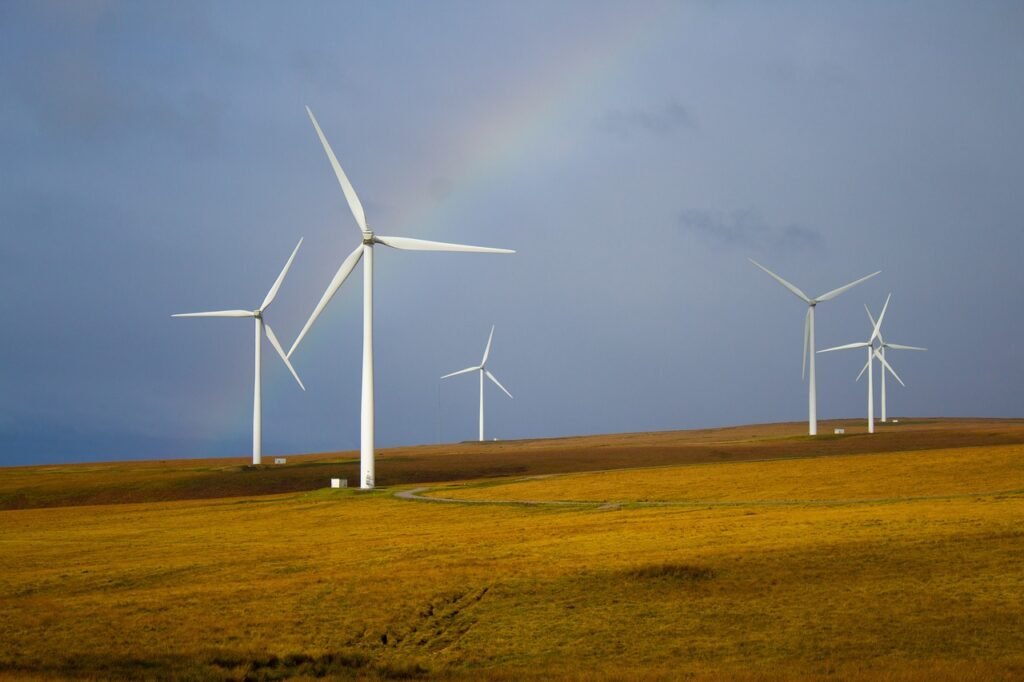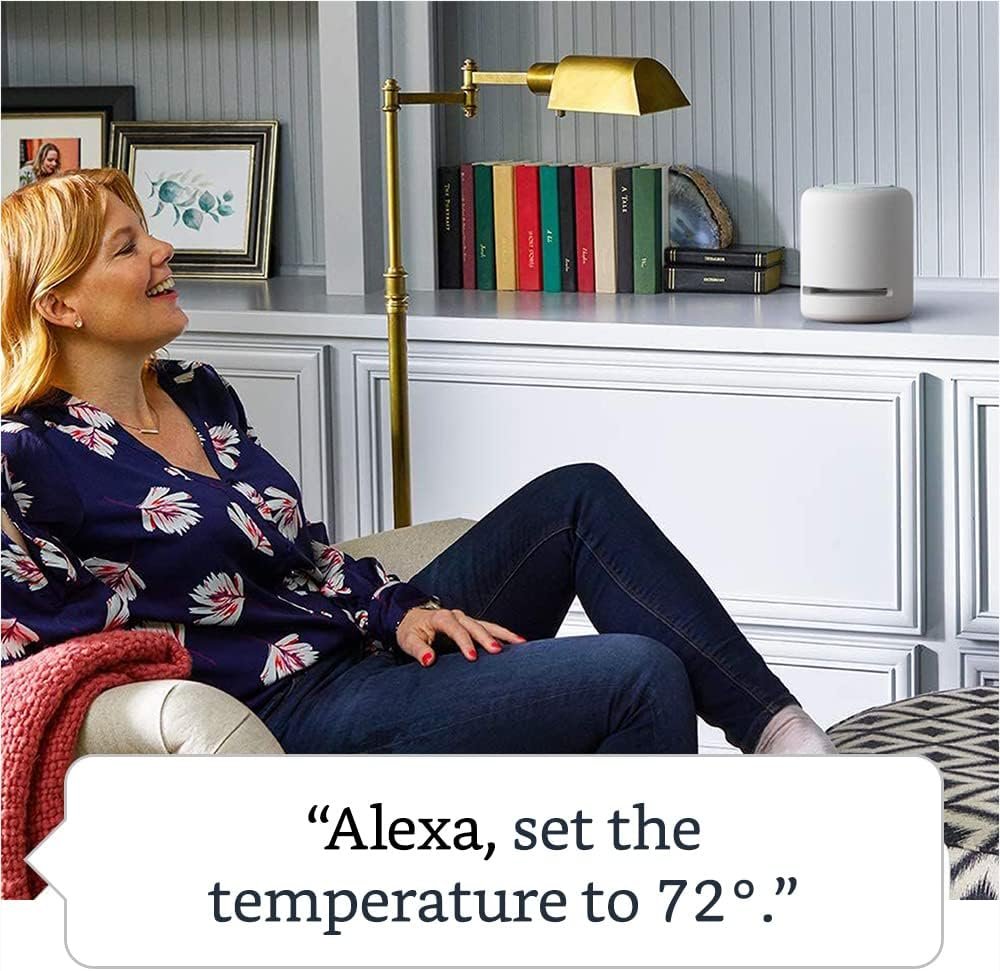Have you ever wondered what the most eco-friendly house looks like? With growing concerns about climate change and sustainability, many people, including myself, are increasingly interested in living in ways that minimize our impact on the environment. Building or modifying our homes to be eco-friendly is a significant step towards this goal. Let’s explore what makes a house environmentally conscious and how we can incorporate these features into our living spaces.

Understanding Eco-friendly Houses
Eco-friendly houses, often known as green homes or sustainable homes, are designed to minimize their environmental footprint throughout their lifecycle—from construction to operation, maintenance, and even demolition. These homes utilize resources efficiently, manage waste responsibly, and promote healthy living for their occupants.
Key Features of Eco-friendly Houses
What truly makes a house eco-friendly? It’s a combination of building materials, energy sources, water systems, waste management, and lifestyle choices. Let’s break down these components for a clearer understanding.
Sustainable Building Materials
One of the first steps towards an eco-friendly house is using sustainable materials. These are materials that are responsibly sourced and have a lower environmental impact compared to traditional options. Examples include bamboo flooring, recycled metal roofing, and reclaimed wood. Sustainable materials often involve less energy to produce and can be recycled at the end of their life, adding to the home’s overall sustainability.
Energy Efficiency
Energy efficiency is at the core of any eco-friendly home. This involves reducing the energy needed for heating, cooling, and powering appliances. Efficient homes are often equipped with high-quality insulation, double-glazed windows, and energy-efficient appliances. Smart home technology can also play a role, allowing me to monitor and manage energy use intelligently.
Integration of Renewable Energy
Incorporating renewable energy sources like solar or wind power can significantly reduce a house’s carbon footprint. Solar panels are a popular choice for harnessing the sun’s power, providing a sustainable and often cost-effective energy source. Wind turbines, although less common for residential use, are another option for renewable energy.
Water Conservation and Management
Water is a precious resource, and eco-friendly homes prioritize its conservation. Efficient plumbing fixtures such as low-flow toilets and faucets can greatly reduce water consumption. Additionally, systems for rainwater harvesting and greywater recycling can further minimize water use and waste, ensuring that every drop is utilized responsibly.
Waste Reduction and Recycling
Building an eco-friendly house also involves considering how waste is managed. During construction, selecting materials that generate minimal waste is crucial. Incorporating recycling facilities within the house encourages responsible waste management throughout its occupancy. Composting systems can also be included, turning kitchen waste into useful fertilizer for a garden.
Evaluating Different Types of Eco-friendly Houses
There is no one-size-fits-all when it comes to eco-friendly houses. Depending on location, climate, and personal preferences, some types may be more suitable than others. Let’s examine some of the most popular forms of eco-friendly homes.
Passive Houses
Passive houses are designed to be so energy-efficient that they don’t require conventional heating or cooling systems. By utilizing super insulation, airtight construction, and efficient ventilation, these homes maintain a comfortable interior climate naturally. The initial cost might be higher, but the long-term savings in energy costs and the reduced environmental impact make passive houses an attractive option.
Earthships
Earthships are self-sustaining homes built from natural and recycled materials. They are often completely off-grid, generating their own electricity and collecting their water. The design of an Earthship allows it to maintain a stable temperature without relying on external energy sources, thanks to its use of thermal mass and passive solar heating.
Tiny Houses
Tiny houses are another eco-friendly living option growing in popularity. These compact homes require fewer resources to build and maintain and encourage a minimalist lifestyle that can significantly reduce consumption and waste. Their small size often means they have lower energy needs, and many are designed to be mobile, offering unique flexibility and sustainability.
Green Roof Houses
Green roof houses feature vegetation on the rooftops, which provides insulation, absorbs rainwater, and helps reduce urban heat island effects. These homes not only contribute to biodiversity and cleaner air but also offer a visually pleasing environment. Green roofs come with their own set of challenges, especially in terms of structural support and maintenance, but the benefits they bring to the environment are considerable.

The Role of Green Certifications
Obtaining a green certification can be a great way for me to ensure and showcase the eco-friendliness of a home. Various certifications exist, each with its criteria and standards.
LEED Certification
Leadership in Energy and Environmental Design (LEED) is one of the most well-known green building certification programs. It assesses the sustainability of a building through factors like energy use, water efficiency, and materials. A LEED-certified home is recognized for its reduced environmental impact and increased resource efficiency.
Energy Star Certification
The Energy Star certification program evaluates the energy performance of appliances, buildings, and homes. An Energy Star home is 15-30% more energy-efficient than standard new homes, making it a reliable choice for those looking to reduce energy consumption.
Living Building Challenge
The Living Building Challenge goes beyond mere efficiency to promote buildings that actively contribute to their environment. To achieve this certification, a home must meet rigorous performance criteria in areas like energy, water, and materials. The challenge encourages buildings that are self-sufficient and create a positive impact on their surroundings.
How to Transition to an Eco-friendly Home
Making an existing home eco-friendly might seem daunting, but with the right approaches, it can be a rewarding process. Here’s how I can begin the transition:
Start with an Energy Audit
Conducting an energy audit is a crucial first step. This will help identify areas where the home is using excessive energy and guide modifications to improve efficiency. Energy audits can reveal inefficiencies in insulation, lighting, and appliances, allowing for targeted improvements.
Upgrade Insulation and Windows
Improving insulation and upgrading windows can have a significant impact on a home’s energy efficiency. Proper insulation helps maintain indoor temperatures, reducing the need for heating and cooling. Meanwhile, energy-efficient windows reduce heat loss and prevent drafts.
Embrace Renewable Energy
Installing solar panels or wind turbines can reduce dependency on fossil fuels. Depending on the geographical location, one renewable energy source might be more feasible than another. For many, solar panels are an accessible choice due to their declining costs and ease of integration.
Adopt a Sustainable Lifestyle
In addition to structural changes, lifestyle modifications can complement the home’s eco-friendliness. This includes practicing mindful consumption, reducing waste, and choosing sustainable products. Small changes, like composting kitchen scraps or reducing water usage, can collectively lead to a significant positive impact.

Costs and Benefits of Eco-friendly Homes
Building or retrofitting a home to be eco-friendly involves certain costs, but the long-term benefits often outweigh these initial investments. Here’s a brief comparison:
| Cost Factors | Benefit Considerations |
|---|---|
| Higher upfront costs for sustainable materials | Reduced utility bills over time |
| Investment in renewable energy systems | Increased home value and potential incentives |
| Potential remodeling costs for existing structures | Improved health and living environment |
By factoring in the long-term savings on energy and water bills, along with the potential increase in property value, the investment in an eco-friendly house can be both economically and environmentally sound.
Conclusion: The Most Eco-friendly House
So, what is the most eco-friendly house? It’s a harmonious blend of sustainable design, efficient systems, and mindful living. Whether constructing a new home or improving an existing one, the goal is to reduce the environmental footprint and promote sustainability. Each step taken towards this goal is a step towards a healthier planet and a more sustainable future for generations to come. By embracing eco-friendly living, I can contribute one small part in building a more sustainable world—one brick at a time.



